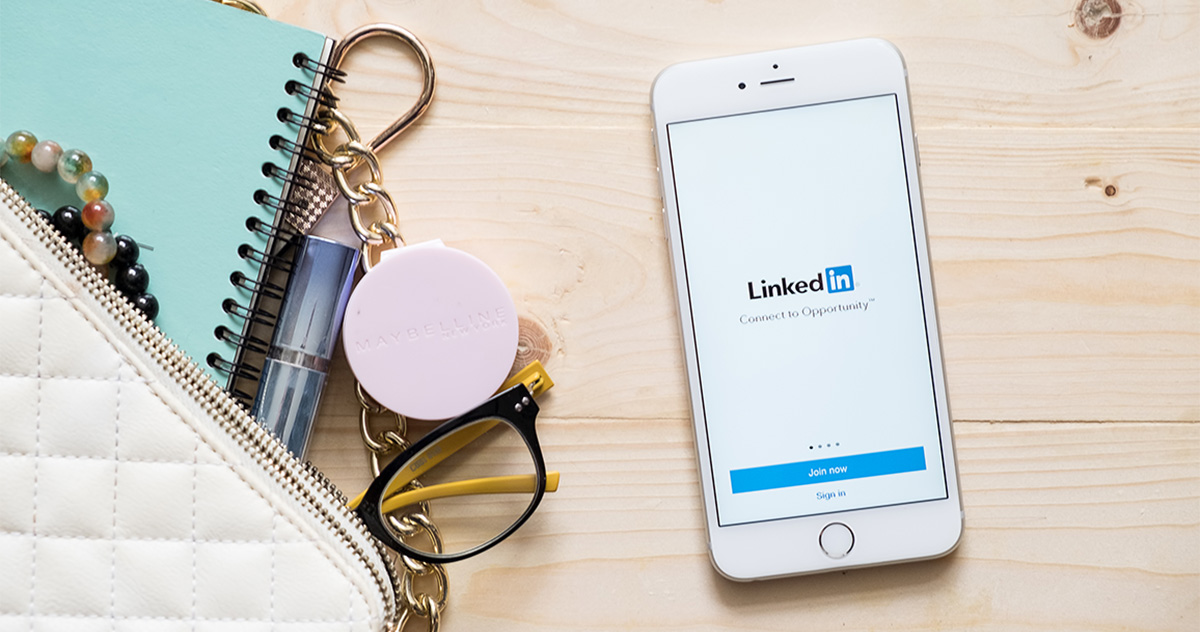
We’ve all seen them, social media profiles for pets. Some of them even reach celebrity status. While these profiles certainly aren’t evil-intentioned, they are technically fake accounts since the person actually running the account is not who is being portrayed. Despite LinkedIn’s reputation as a professional social media network, there are still phony profiles being created—but they aren’t as fun loving as Grumpy Cat.
Currently there are about 450 million LinkedIn users worldwide, however, there is no definite number of fake profiles being used. The phony profiles tend to have stock photos as their profile picture, names tend to be repetitive (“Tim Thompson”) or have an odd spelling (“Deryk”), and their work history may feel a little off.
As a business connections platform, LinkedIn is rife with head hunters and people expect to receive messages, and occasionally connection requests, from recruiters. Playing directly into that perception, fake profiles often list their occupation as ‘recruiter’ in order to increase the likelihood of users accepting the connection request.
Those who make fake social media accounts have many different intentions but for those on LinkedIn, the motive might be a little more nefarious than on Instagram or Twitter.
Increasingly hackers are trying to get personal information through social networks. The malicious actors want each profile to seem as real as possible so they’re often connected with other fake profiles in order to look like they’re well connected and worth adding to the potential victim’s connections. Their goal is to infect devices or compromise a network.
If you don’t know the person who sent the request, do not use the fact that someone else in your network is connected with them as proof that they are real. Malicious actors know that users tend to rely on mutual connections when trusting an unknown request.
By default all connections on LinkedIn have access to each others personal information, such as email addresses and phone numbers. Every time you make an unknown connection you are gifting them that information.
Once a hacker has your personal information, they can begin sending dangerous attachments, phishing emails, launch email bulling attacks or send SMS phishing messages.
While you can configure LinkedIn privacy settings to hide personal contact information, in general that defeats the purpose of the professional social media channel. So yes, your mom was right. Only accepting requests from people you really know is an effective way to protect your personal information. When paired with a strong email security system, like Opt-Inbox, you can completely eliminate email threats from hitting your inbox.
